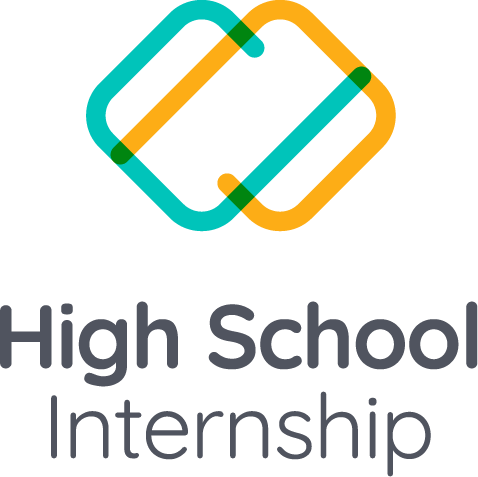In Issue 2, we wrote an article about why teachers shouldn’t be afraid of tech because a teacher’s role becomes one of facilitator and contextual expert . Shelly Songy really brings this to life in her article for EdSurge: ‘How a Tough Challenge Taught My Students More About Coding Than I Ever Could’. We’ll summarise what she did here but it’s well worth a read of her article.
Shelly was teaching a unit on the basics of HTML when she found herself in front of a class that had surpassed her knowledge with 45 minutes of class time left. She reflects that ‘the realization that the students knew as much, or more, than I did about that topic made me feel very anxious inside’. So, what did she do?
She challenged them.
At first she challenged them to ‘find interesting aspects of other websites and research and discover for themselves the HTML tags needed to include those in their own websites’ and it was a huge success. ‘What followed was an amazing example of student motivation, creativity, resourcefulness and personalized learning at its best’. Students were in control of their learning and they thrived.
This was only the beginning though, only the first project. Shelly’s students, already beyond her knowledge and delivering incredible results, would now progress to a second project taking their learning even further. So how did she manage this?
She challenged them again. This time she brought real world application into the mix. She challenged them ‘to design truly professional-looking websites that would be critiques by college professors and published live on the web for anyone to access around the world.’ They were given total freedom to decide what was expected – no set rubric, no timeframes.
What did she find? Her own words sum it up perfectly: ‘The results simply astounded me! This open-ended challenge brought out an internal motivation and non-complacent drive within each of my students to strive for excellence and make their websites even better. I was no longer a teacher; I was a facilitator and encourager. The students were empowered. Anything the students needed to know to build their websites, they taught themselves and used applied problem-solving to troubleshoot the errors that arose. I set the expectation extremely high from the beginning of the second website, and they absolutely came through.’
So, what can we learn from Shelley? We think there are two key takeaways.
- Setting students challenges not only allows them to develop their subject knowledge far beyond a standard curriculum, but also brings out creativity, problem solving skills, intrinsic motivation and allows students to personalise their own learning.
- Embrace your role as facilitator. Guide the students through increasingly complex challenges and the results will astound you. Kids have big ideas. Teachers help make them real.

